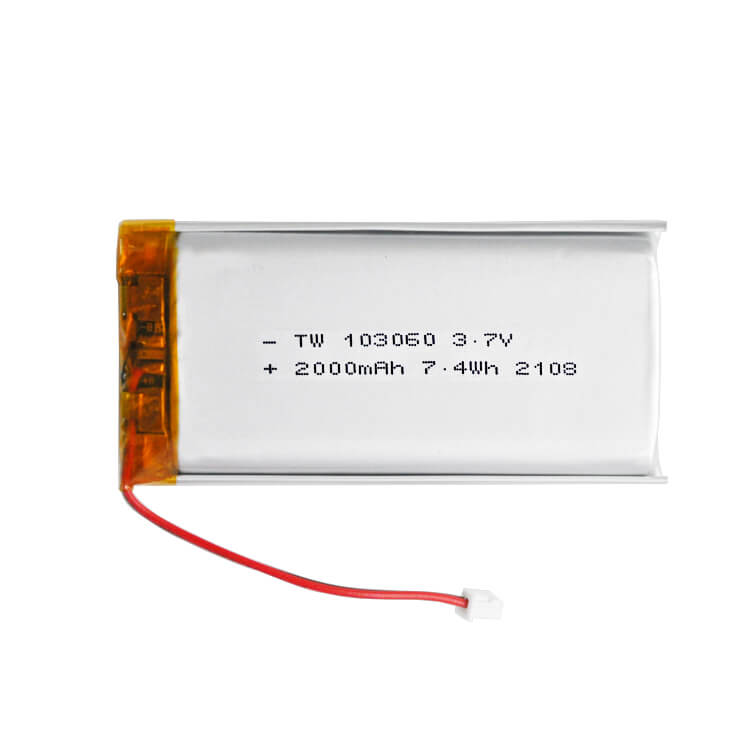Lithium battery is a new type of high-energy battery successfully developed in the 20th century. It can be understood as a battery containing lithium elements (including metallic lithium, lithium alloy, lithium ion and lithium polymer). It can be divided into lithium metal battery (rarely produced and used) and lithium ion battery (now widely used). The origin and development of lithium-ion batteries started in the 1970s, and M.S.Whittingham of Exxon made the first batch of lithium-ion batteries by using titanium sulfide as the positive material and lithium metal as the negative material. In 1970s, M.S.Whittingham of Exxon used titanium sulfide as cathode material and lithium metal as lithium ion battery.
Main Classification of Lithium Ion Batteries
(1) according to the different electrolyte materials used in lithium batteries, lithium batteries can be divided into two categories: lithium ion battery (LIB) and li-polymer (LIP).
(2) According to the charging method, it can be divided into two categories: non-rechargeable and rechargeable.
(3) Appearance of lithium batteries: square lithium batteries (such as commonly used mobile phone batteries) and cylindrical batteries (such as 18650 and 18500);
(4) Lithium battery outsourcing materials: lithium battery with aluminum shell, lithium battery with steel shell, and flexible battery;
(5) Lithium batteries are divided into anode and cathode materials (additives): LiCoO2 batteries, LiMn2O4 batteries, lithium iron phosphate batteries and disposable lithium manganese dioxide batteries.
More classifications are listed in the following table:

Main components of lithium ion battery:
(1) positive electrode-active material mainly refers to lithium cobaltate, lithium manganate, Ferrous lithium phosphate, lithium nickelate, lithium nickel cobalt manganate, etc. The conductive current collector generally uses aluminum foil with a thickness of 10-20 microns;
(2) Diaphragm-a special plastic film that allows lithium ions to pass through, but it is an insulator of electrons. At present, there are mainly PE and PP and their combinations. There is another kind of inorganic solid diaphragm, such as alumina diaphragm coating, which is an inorganic solid diaphragm.
(3) Negative electrode-active material mainly refers to graphite, lithium titanate, or carbon material with similar graphite structure, and the conductive current collector generally uses copper foil with a thickness of 7-15 microns;
(4) Electrolyte-generally organic system, such as carbonate solvent in which lithium hexafluorophosphate is dissolved, and other polymer batteries use gel electrolyte;
(5) Battery shell-mainly divided into hard shell (steel shell, aluminum shell, nickel-plated iron shell, etc.) and soft package (aluminum-plastic film).
